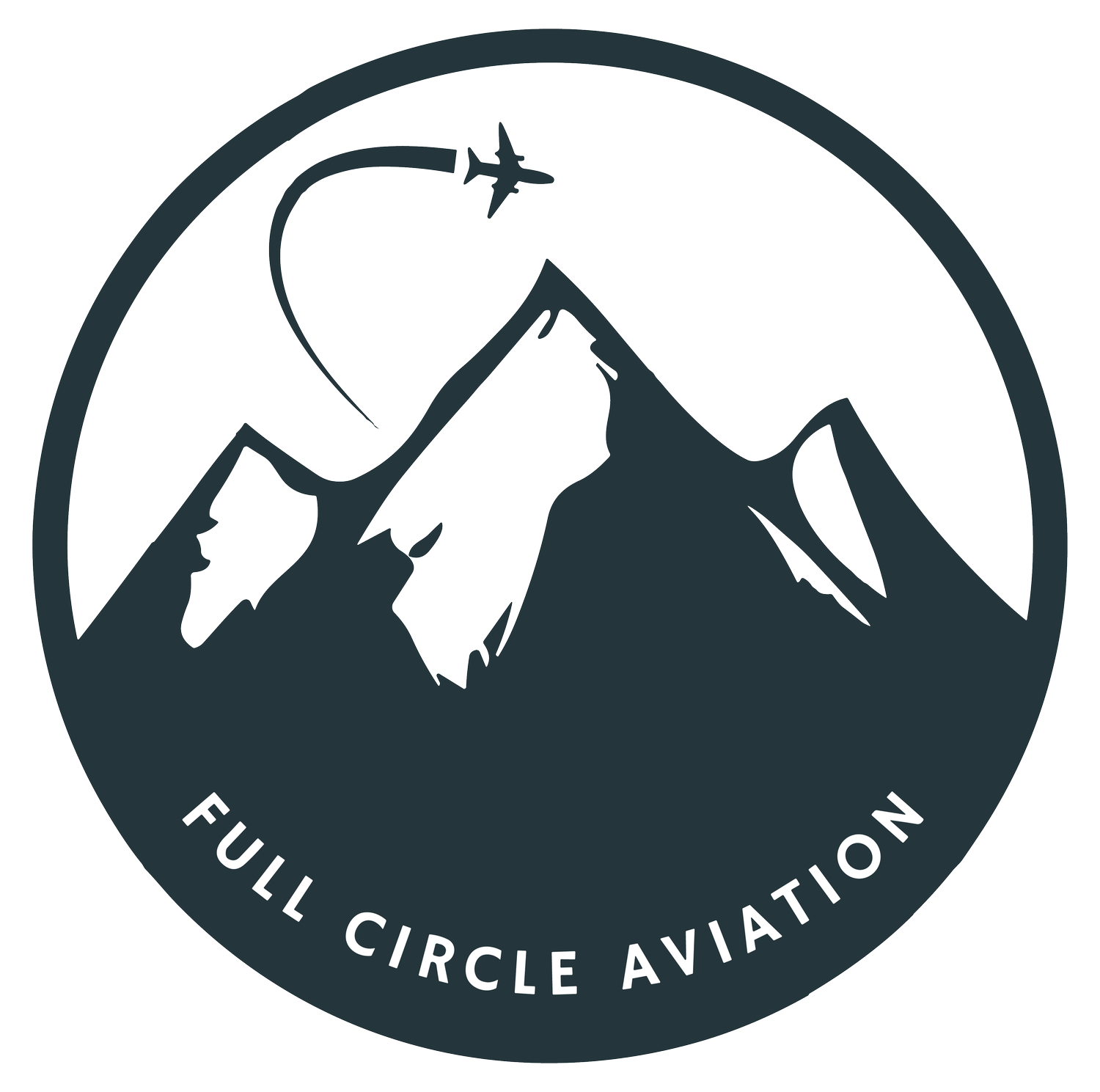What Does it Take to be Successful in a FAA Compliance Project?
How the aviation industry operates is significantly influenced by federal regulations and insurance requirements; two very different forces that share the common goal of safety.
As modern aviation becomes increasingly more complex, it is no surprise that the
regulations governing the industry have also become more complex. This reality often
leads to a rather convoluted process for industry stakeholders to navigate while
approaching compliance. For example, the compliance manager of a charter operation must deal with as many as 7 different FAA and TSA portals during the course of normal operations.
While it is true that corporate and private aircraft operations often have a somewhat
reduced level of complexity, they are still held to a high standard of operations and must deal with FAA and TSA compliance mandates.
The processes involved in achieving a task with the FAA often seem more troublesome
than necessary, but the core goal of all aviation-related government agencies is safety
in national and international airspace; this is a goal that all industry stakeholders can
embrace.
Inexperience often results in unnecessary frustration and compliance project delays.
Seeking Letters of Authorization (LOA), securing waivers, launching a startup charter
operation, growing an existing flight or charter department, and responding to post-
accident/incident challenges are all tasks that require some degree of interaction with
the FAA, TSA and DOT. Experience working with these agencies and understanding the
processes each employs makes all compliance projects much less difficult.
Early in my career I was attempting to launch a Part 135 startup. The project was
nearing completion - the FAA had all of the corrected and finalized documents. I
attempted to be patient with the process but as the wait turned into weeks I finally called our designated FAA Certification Project Manager to ask when we could expect final approval so that we could begin creating income from our idle airplane. His response: “You guys can make it up on the backside - before you retire” certainly showed no empathy for our small business. While this inspector’s attitude is not held by the majority of FAA inspectors, the fact remains that industry stakeholders do not possess leverage that they can use on the FAA and TSA to speed up approval of their project.
So, how can a department manager, or lead pilot conduct a task or compliance project
with a minimum of frustration and delay?
First of all, the end goal must be identified and the relevant compliance requirements
fully understood. Does the project manager know the regulations?
Additionally, the project manager must have a thorough understanding of industry
standards related to the project as well as the FAA guidance given to inspectors for your type of project. This applies to working with other regulating bodies as well.
Next, establishing open lines of communication with the appropriate FAA personnel will
allow a formal letter of application to be submitted to the correct office and individual
inspectors at that office.
Gaining access to a government portal may be necessary for some tasks. For example,
if applying for a Letter of Authorization many FAA offices now require that industry
stakeholders submit application packages through the OAPS (Operations Approval
Portal System). There is often a steep learning curve in using these systems and since
documents are returned for corrections (sometimes repeatedly!), even small errors in
packages can lead to lengthy delays. Close attention to detail on submission packages
is essential.
Once an application is approved, the next questions are:
1) What requirement for on-going documentation exists?
2) What new procedures must be adopted to ensure compliant operations?
3) Do authorizations require periodic renewal, or do they stand until canceled by
the operator?
4) Who is responsible for maintaining records?
Navigating a compliance project is often complex, but it does not need to take life off of
your years.
If you aren’t sure where to begin with LOAs, a Part 135 start up, writing a Flight
Operations Manual or General Operations Manual, complying with TSA regulations, or
just need assistance modernizing your flight operations systems to make technology
work for you, we are here to help. Give us a call, or shoot us an email to set up a
consult.
